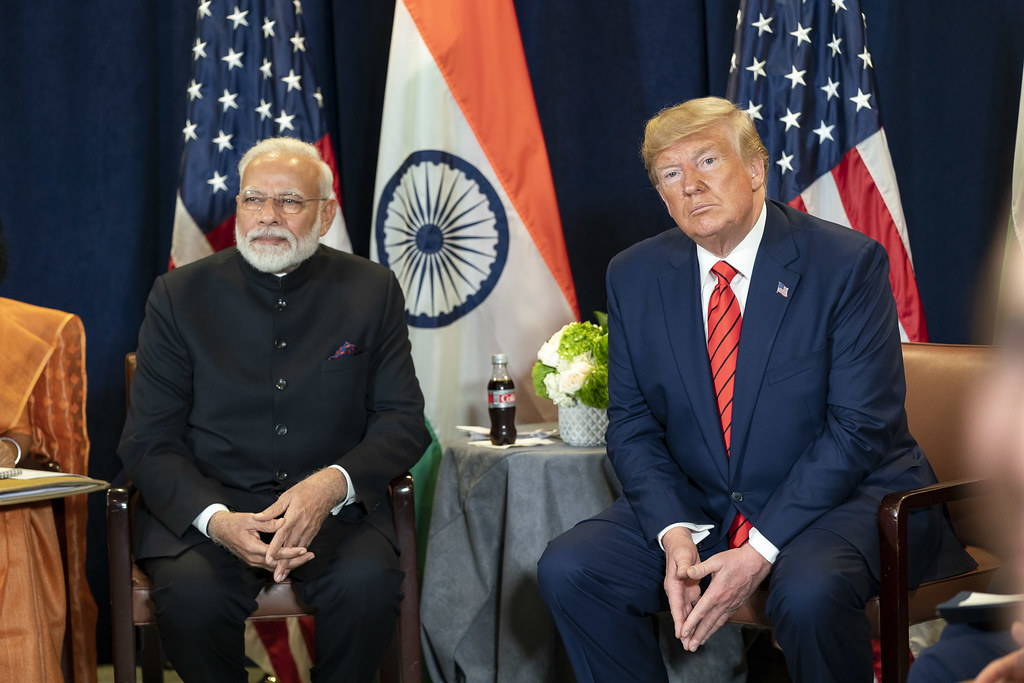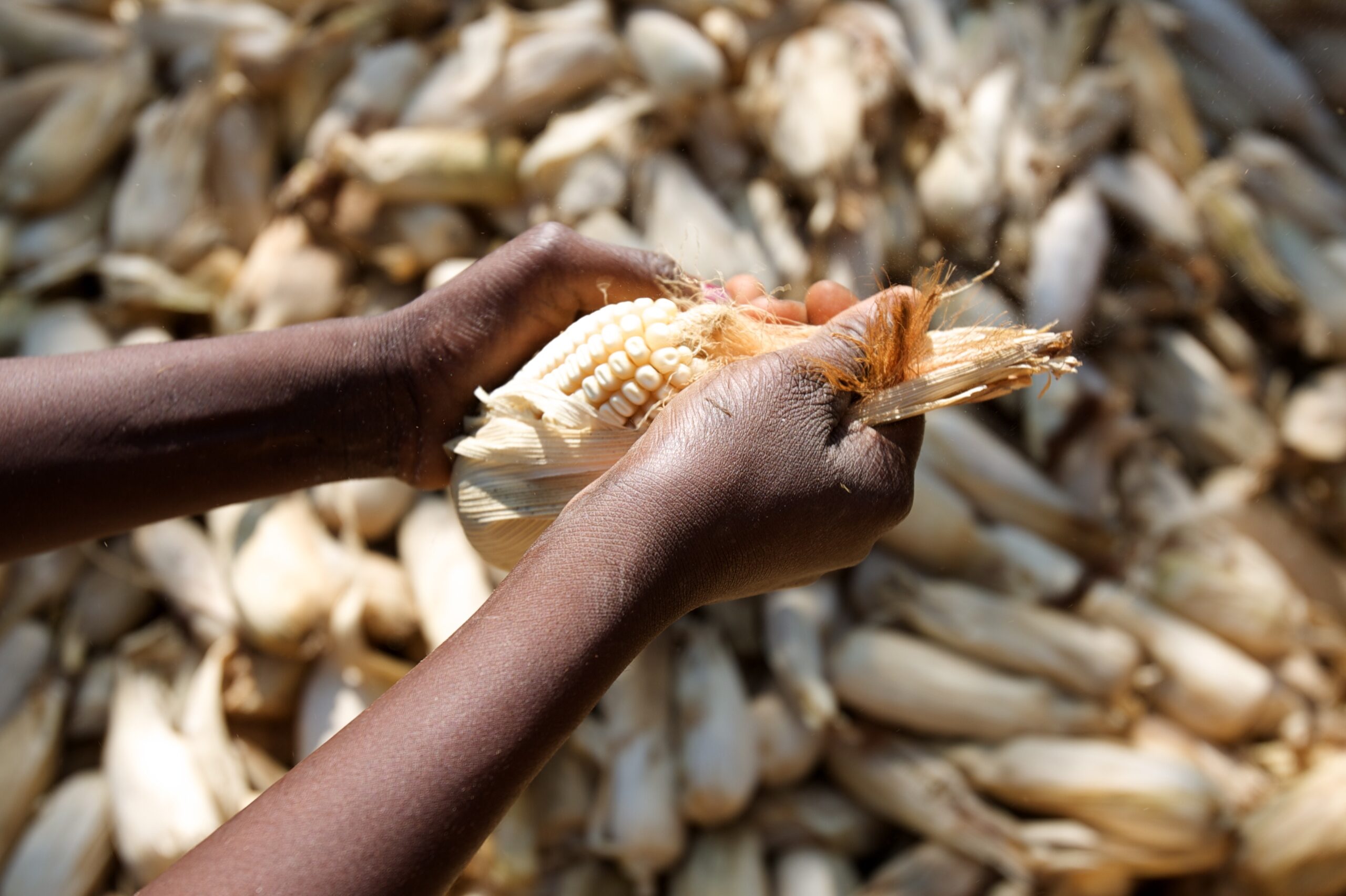Do preferential trade agreements truly help African economies, or do they keep them trapped in a cycle of dependency? In Africa and Preferential Trade: An Unpredictable Path for Development, Richard Mshomba challenges the widely accepted notion that trade preferences foster development, arguing instead that they reinforce economic reliance on external powers.
Richard Mshomba’s book Africa and Preferential Trade: An Unpredictable Path for Development critically examines non-reciprocal preferential trade agreements (PTAs)—arrangements under which developed countries grant African nations tariff-free or reduced-tariff access to their markets. While these agreements are often framed as tools for economic growth, Mshomba argues that they ultimately limit Africa’s ability to negotiate on equal footing in global trade and reinforce the continent’s role as an exporter of raw materials rather than value-added goods.
Through historical analysis, empirical data, and policy evaluation, Mshomba systematically explores how PTAs shape Africa’s economic trajectory. The book is particularly timely given current discussions on the African Continental Free Trade Area (AfCFTA), Economic Partnership Agreements (EPAs), and China’s growing economic footprint in Africa. Rather than presenting a purely academic argument, Mshomba provides policy recommendations aimed at reducing Africa’s trade dependence and fostering regional economic integration.
Key themes and analysis
One of Mshomba’s strongest arguments is that PTAs create “political trade dependence”—whereby African nations, reliant on preferential access to developed markets, avoid challenging unfair trade practices for fear of losing these benefits. This weakens their ability to negotiate more favourable terms and reinforces their passivity in global trade governance, particularly within institutions like the World Trade Organization (WTO).
The book traces the historical evolution of PTAs, particularly Africa’s trade relationships with the European Union through agreements such as Yaoundé, Lomé, and Cotonou. Mshomba illustrates how these agreements have largely preserved colonial-era trade patterns, in which African nations export raw materials while developed economies maintain dominance over manufacturing and high-value exports. He critiques Economic Partnership Agreements (EPAs) for introducing reciprocal trade obligations, arguing that they further constrain Africa’s policy flexibility.
While PTAs like AGOA (African Growth and Opportunity Act) and the EU’s Everything but Arms (EBA) have increased African exports, Mshomba demonstrates that these agreements have not led to meaningful structural transformation. Many African countries fail to fully utilise PTAs due to three main reasons: 1) restrictive rules of origin, which prevent African exporters from sourcing inputs flexibly; 2) dependence on raw materials, discouraging the development of manufacturing industries; and 3) institutional and bureaucratic challenges, which limit their ability to meet export requirements.
Mshomba provides empirical evidence showing that even when PTAs grant market access, African economies often lack the industrial capacity to take full advantage. He also contrasts the US, EU, and China’s trade policies toward Africa, highlighting how each actor shapes agreements based on its own geopolitical interests rather than Africa’s long-term development needs.
Regional integration as a path forward
One of the book’s most compelling discussions focuses on intra-African trade. Mshomba argues that PTAs exacerbate trade fragmentation by deepening Africa’s reliance on external markets rather than strengthening regional economic integration. This makes his discussion of AfCFTA particularly relevant, as he critiques the lack of enforcement mechanisms and clear commitments among African nations.
His solution? A shift from dependence on PTAs toward strengthening intra-African trade and investment. He argues that the AfCFTA must be more than a symbolic agreement and that African governments must actively implement policies that foster industrialisation, infrastructure development, and economic diversification.
Unlike many critiques of PTAs, Africa and Preferential Trade does not merely identify problems—it also offers concrete solutions. Mshomba presents a series of policy recommendations to strengthen Africa’s position in global trade. These include:
- Enhancing regional trade: African countries should prioritise intra-African trade over external trade agreements. The success of the AfCFTA depends on whether African nations commit to enforcing trade liberalisation and industrial development.
- Improving trade negotiation capacity: To counteract trade dependency, African nations must develop stronger negotiating strategies and act as a bloc when engaging with major trade partners.
- Investing in infrastructure and governance: A major theme in the book is that Africa’s economic challenges are not just about trade policies but also about weak infrastructure, poor governance, and a lack of industrial capacity. Addressing these structural barriers is critical.
- Making PTAs more effective: Mshomba argues that PTAs should be designed with clearer, long-term commitments to provide African exporters with greater predictability. He calls for less restrictive rules of origin and eligibility requirements to allow more flexible use of trade benefits.
- Balancing trade with industrial policy: He warns that African economies must avoid excessive reliance on PTAs and foreign investors. Instead, they should focus on domestic industrial policies that promote value-added production and technology transfer.
As such, Mshomba’s book stands out for its interdisciplinary approach, integrating historical analysis, economic theory, and policy evaluation. His comparative analysis of PTAs from different global actors—the US, EU, and China—adds depth, allowing readers to see how trade preferences are shaped by geopolitical interests rather than purely economic development goals.
His empirical evidence is another major strength. The book includes real-world data on PTA utilisation rates, trade flows, and industrial capacity constraints, making his arguments highly credible and well-supported.
Furthermore, the book is not just a critique—it offers practical solutions. His policy recommendations provide a roadmap for African leaders to strengthen their trade positions and reduce economic dependence.
Conclusion
Africa and Preferential Trade is an essential read for policymakers, researchers, and anyone interested in Africa’s trade policies and economic transformation. The book challenges conventional wisdom about PTAs, demonstrating that while these agreements offer short-term benefits, they ultimately reinforce economic dependency and limit Africa’s ability to negotiate more favourable trade terms.
By combining historical analysis, empirical data, and policy recommendations, Mshomba makes a compelling case for a fundamental shift in Africa’s trade strategy. He calls for greater regional integration, stronger negotiation capacity, and industrial policies that support self-sufficiency.
Rather than seeing PTAs as a long-term solution, Mshomba urges African leaders to rethink their trade policies and build economic resilience from within. His book is not just an academic critique—it is a call for Africa to reclaim its economic future and establish a more sustainable path toward trade-led development.
Mshomba’s work is a must-read for those seeking a critical, yet balanced perspective on Africa’s trade policies and economic transformation. His thorough research, comparative approach, and actionable insights make this book a valuable contribution to the discourse on Africa’s role in global trade.
This is a review of Richard Mshomba’s Africa and Preferential Trade: An Unpredictable Path for Development. (Stanford University Press, 2024). ISBN: 9781503614611.
Dr Lorainne Ferreira is a senior lecturer who holds a PhD in Economics from North West University. Her research focuses on regional trade integration and economic development in Africa.
This article is published under a Creative Commons License and may be republished with attribution.




